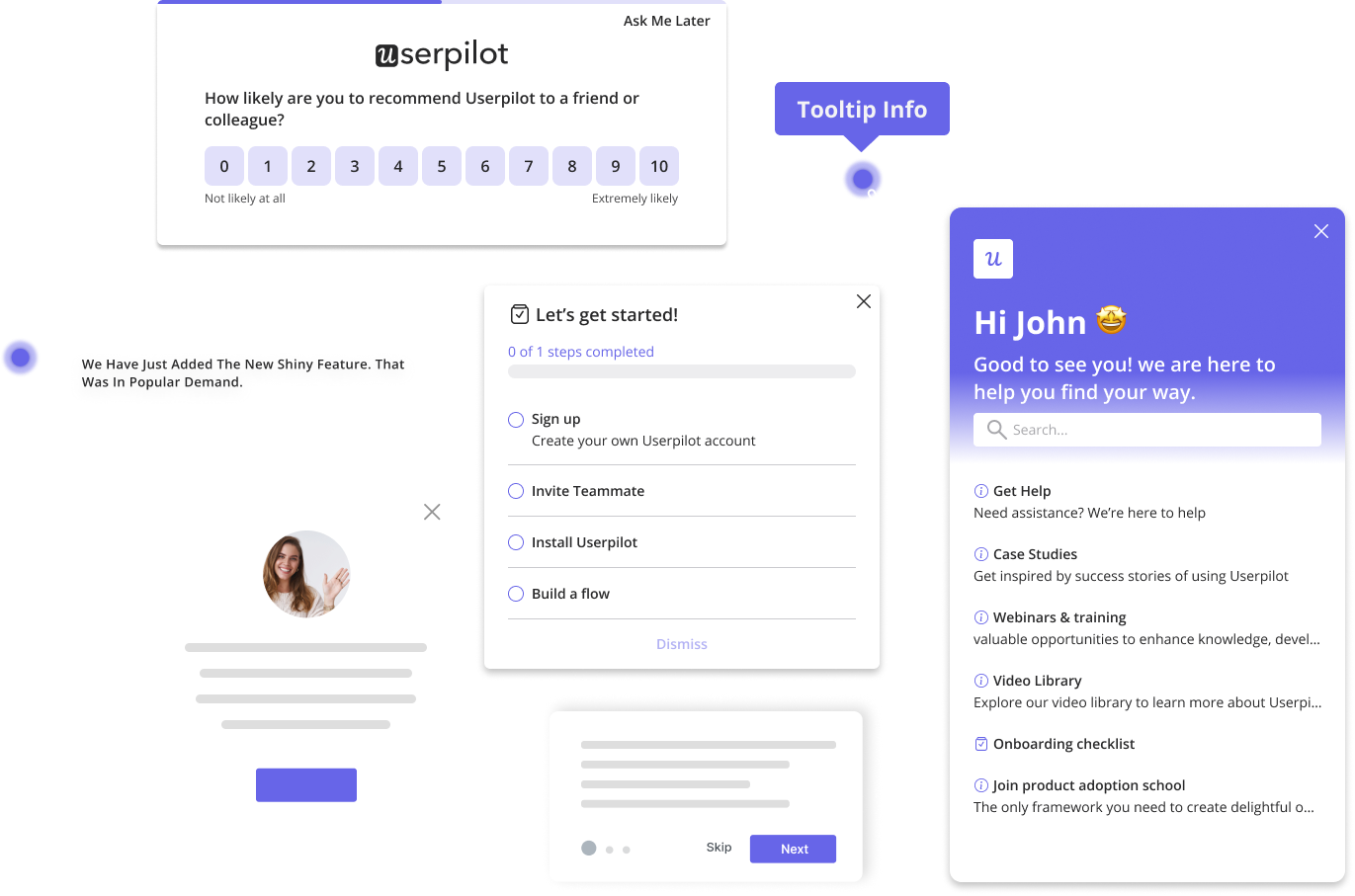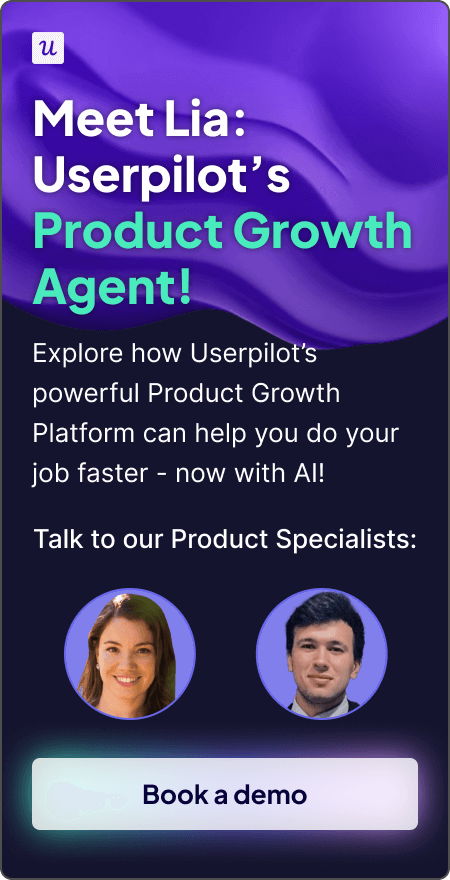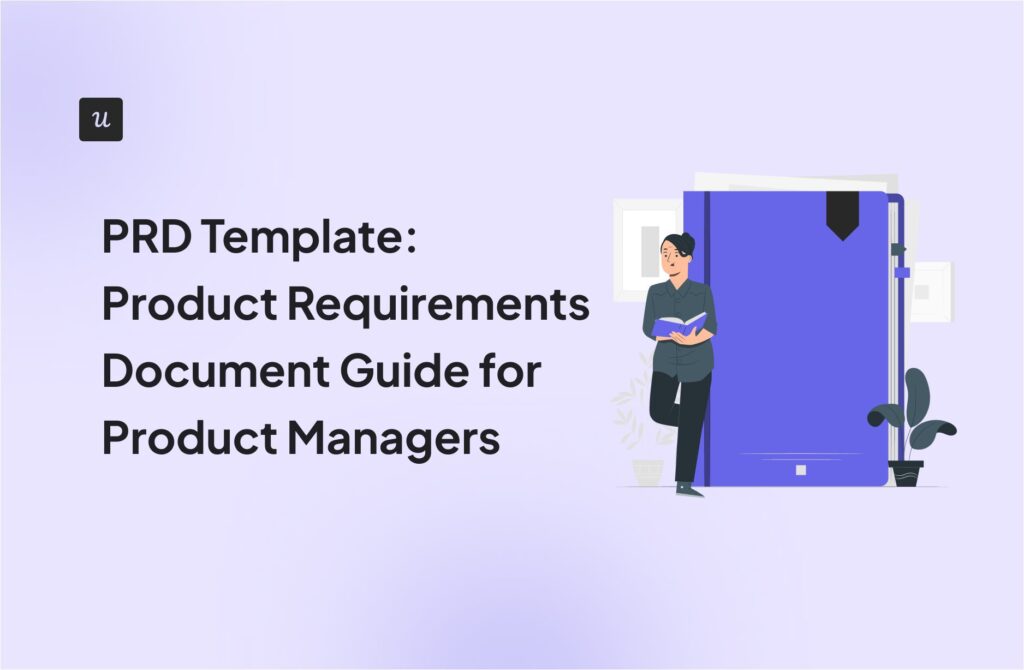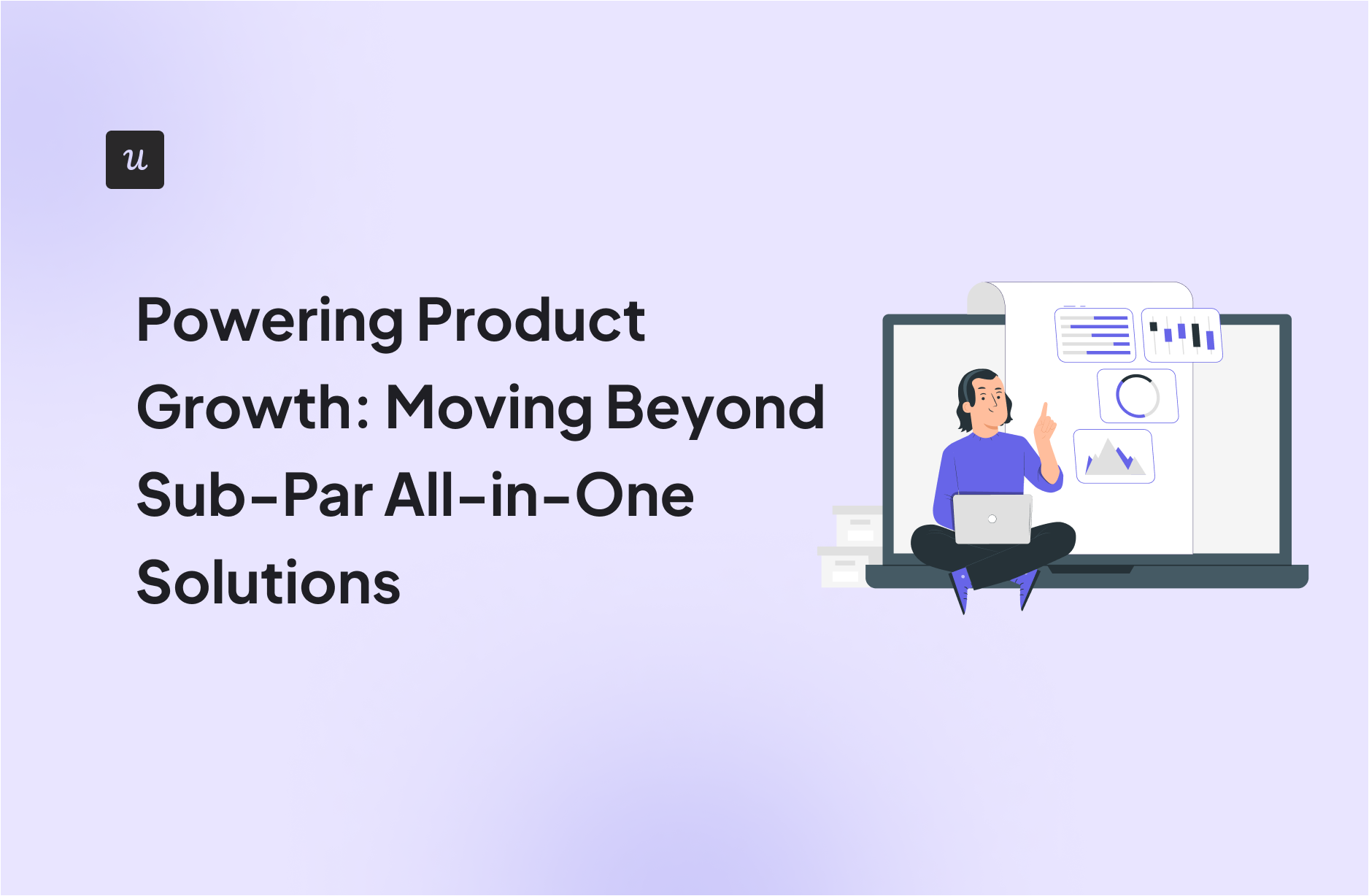
Try Userpilot Now
See Why 1,000+ Teams Choose Userpilot
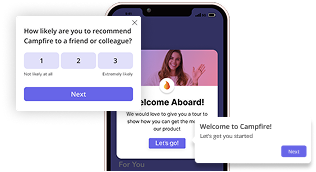
Introduction: When “Big” Doesn’t Mean “Better”
Enterprise suites demo well. The dashboards are shiny. The feature list is long. There’s a module for everything. But once the real work starts, product managers often discover that size isn’t the same as usefulness.
Simple questions like “Which users dropped off at this step?” become multi-day headaches. Flows feel rigid, experiments crawl, and costs expand. If your analytics feel stale or your onboarding has to wait for a release train, you’re not alone.
Here’s why pieced-together “all-in-one” platforms fail product teams, and how modern product growth platforms like Userpilot work differently.
1. Static Analytics Slow You Down
Looks great. Learns little. That’s the trap.
Most enterprise tools are built to look impressive in a demo, but they leave product teams stranded when they need real answers.
Common roadblocks:
- You can’t click into a funnel step to see which users dropped off.
- Spikes look interesting, but you can’t open the sessions that caused them.
- Segments must be pre-built in a CRM or CDP before you can ask new questions.
- Metrics update on a delay, so yesterday’s insight arrives tomorrow.
What this costs product managers:
- Activation questions linger, and hypotheses pile up.
- Teams can’t validate changes quickly enough, so sprints slip.
- PMs wait on analysts or engineers instead of driving decisions.
The Userpilot difference:
- Click into any funnel step to see the people behind the number.
- Open a spike and instantly view the sessions and actions that caused it.
- Create behavioral segments on the fly, without engineering tickets.
- Automatic event capture and fresh dashboards mean insights arrive now, not later.
Outcome: Faster loops from idea → evidence → iteration. Better activation, fewer blind spots.
2. Clunky Builders Kill Experimentation
If building takes weeks, testing never happens.
A lot of “in-app experience” features in all-in-one suites are bolted on as an afterthought. You feel it the moment you try to create a simple flow.
Common roadblocks:
- Legacy builders feel rigid and dated.
- A simple walkthrough requires flowchart gymnastics.
- Preview and QA are inconsistent, so you republish for tiny edits.
- Each update adds process overhead, so small experiments never ship.
What this costs product managers:
- Backlogs grow, experiments never make it to production.
- PMs ship fewer improvements per month.
- Teams stay dependent on dev time for tasks that should be self-serve.
The Userpilot difference:
- No code: build guides, checklists, tooltips, and banners in minutes.
- Edit copy and targeting instantly, without a full republish cycle.
- Smooth preview and QA let you test before you touch production.
- Roll out with control, roll back in one click.
Outcome: More experiments per sprint. Lower cost per win. Momentum returns.
3. Limited Targeting Blocks Personalization
Generic onboarding is the fastest way to lose new users.
Users expect help that fits the moment they’re in. Many platforms make that nearly impossible.
Common roadblocks:
- Targeting depends on attributes pre-configured elsewhere.
- Behavioral triggers exist, but setup is brittle and slow.
- If data sync drifts, audience rules break.
What this costs product managers:
- You can’t nudge a user right after they skip a key step.
- Surveys miss the right moment, so response rates plummet.
- Onboarding feels generic, engagement drops, churn rises.
The Userpilot difference:
- Target by behavior, context, and plan in the same rule.
- Trigger a checklist if setup is skipped. Ask for feedback after the third use of a feature.
- Show tooltips only to users in the right plan or lifecycle stage.
- Build it yourself, no waiting on clean pipelines.
Outcome: Guidance that feels timely and personal. Higher completion, higher adoption.
4. Heavy Overhead, High Cost
When every experiment requires an admin, growth stalls.
Enterprise contracts come with hidden baggage: time, money, and people.
Common roadblocks:
- Pricing is hidden behind “talk to sales.”
- Contracts creep with add-ons and usage surprises.
- Admin work requires a dedicated specialist.
- Implementations take months, not weeks.
What this costs product managers:
- Budget goes to licenses instead of outcomes.
- Roadmaps shift to fit tool constraints, not user needs.
- Leadership loses patience while value waits on rollout.
The Userpilot difference:
- Transparent pricing that scales by monthly active users.
- Entry plans start at $299/month on annual billing.
- No forced bundles. No hidden fees.
- Time to first value is fast, and ongoing changes are owned by product teams.
Outcome: Lower total cost to learn. Clear budgets. Faster payback.
5. Built for Customer Success, Not Product Teams
Tools made for renewals don’t help you build better products.
Many enterprise suites were designed for account health, not rapid iteration.
Common roadblocks:
- Workflows center on playbooks and account scores, not experiments.
- Data models are account-first, slowing user-level discovery.
- Roadmaps favor admin control over maker speed.
What this costs product managers:
- Adoption work becomes a “side quest.”
- Insights live far away from where you build experiences.
- PMs spend more time orchestrating tools than improving the product.
The Userpilot difference:
- Analytics, in-app experiences, and surveys live together.
- Makers own the process: see, change, and measure in one loop.
- Teams ship without waiting on other functions.
Outcome: A tighter learn-build-measure cycle. Product-led growth that actually feels product-led.
Bringing It All Together
Enterprise suites aren’t inherently bad. They’re just built for a different job. If your job is adoption and engagement, the mismatch is costly. Static analytics. Rigid builders. Fragile targeting. Heavy overhead.
Userpilot flips the script. One platform that lets product teams:
- See what’s happening.
- Ship the right experience.
- Measure the impact.
Fast to learn. Easy to own. Priced with clarity.

